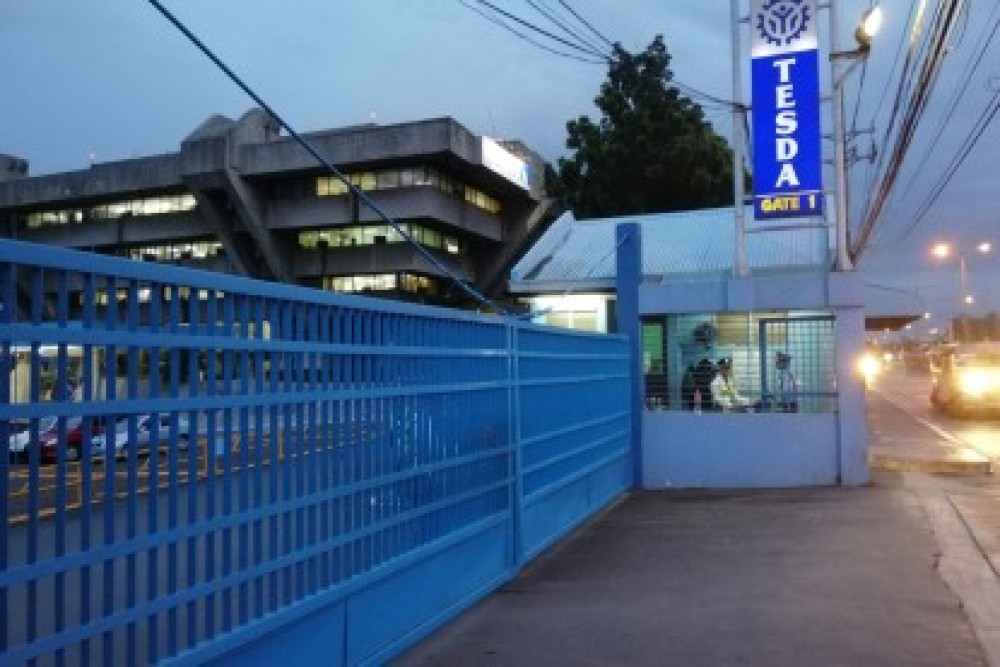The Senate has approved the P70-million allocation for the digital transformation of the Technical Education and Skills Development Authority (TESDA) through advanced digital tools.
Senator Sherwin Gatchalian, who also serves as co-chairperson of the Second Congressional Commission on Education (EDCOM II), said he pushed the allocation to fund three projects: P40 million for artificial intelligence (AI)-powered Technical Vocational Education and Training (TVET) course builder; P20 million for the Internet of Things (IoT) training system; and P10 million for the development of an AI-powered Labor Market Information (LMI) System.
“I believe that accelerating digital transformation and the adoption of artificial intelligence is the way forward when it comes to education, including TVET," Gatchalian said.
“By accelerating digital transformation and the adoption of artificial intelligence, we aim to produce skilled workers who can meet the demands of a rapidly changing economy,” he added.
The budget increase of TESDA's digitalization and AI-adoption move, he said, also reflects the government’s commitment to bridging the gap between education and employment by using technology to address industry needs and bolster the nation’s workforce.
He said the AI-powered TVET course builder will automate course development and reduce the time to develop and update training regulations, competency standards, competency-based curriculum, and competency assessment tools.
It will also standardize course content and assessments, allowing TVET programs to scale rapidly across the nation to meet workforce demands.
Meanwhile, the Internet of Things (IoT) Training System will equip students with skills to operate and maintain IoT devices and networks, preparing them for careers in smart technology applications, such as industrial automation, healthcare, and agriculture.
The AI-Powered Labor Market Information (LMI) System, on the other hand, will support the development of a system to use AI for predicting industry trends, workforce shortages, and aligning training programs with market needs.


